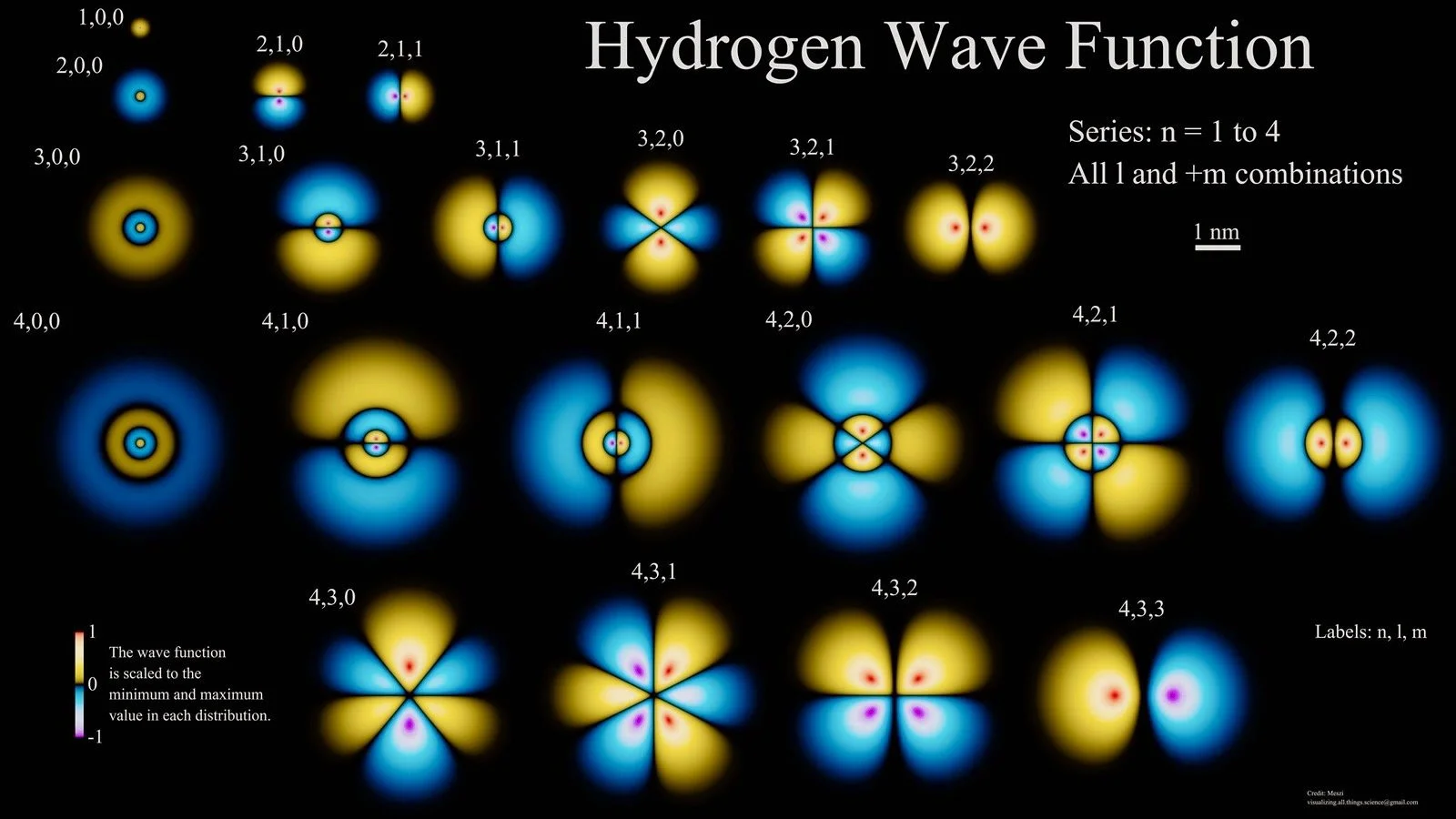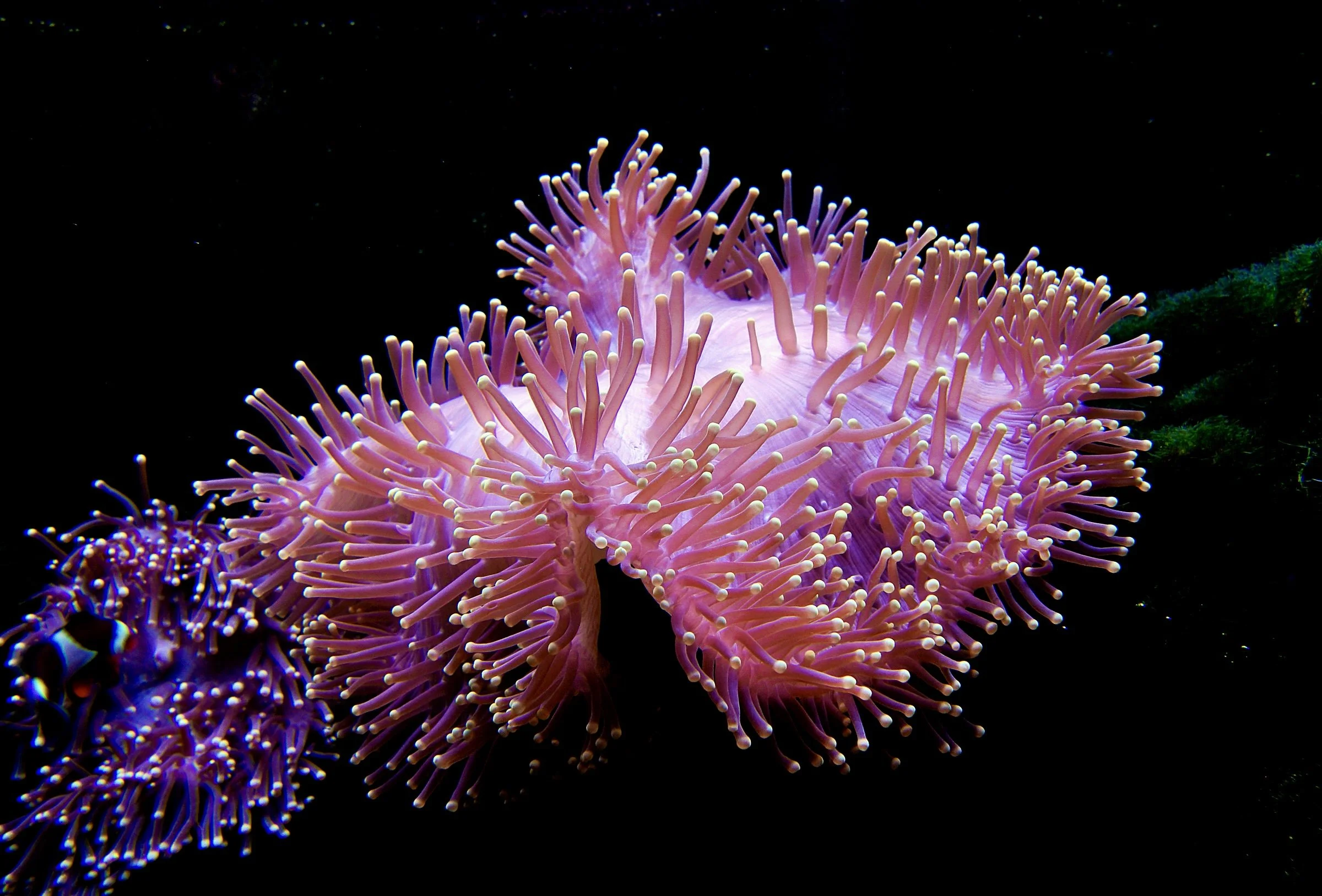Behind the Series: Origin of Form
Series I emerges from the quantum geometries that shape reality at its most fundamental level. Each piece draws inspiration from the hydrogen wave function—visualizations of probability densities that map where an electron might be.
The pieces reflect this quantum mirroring, as living echoes; fractal translations that bring invisible structures into visible presence. Each image is a portal, shaped through symmetry and recursion, inviting to feel the order beneath the chaos, coherence within complexity, the form within field.
Sea Anemone: Living System and Sensorium
Sea Anemones are extraordinary creatures—both delicate yet powerful—embodying a living metaphor for relational intelligence and the dynamics of energetic presence.
Anemones are fixed in place, yet they respond dynamically to their surroundings. Closing up when touched, expanding in calm waters, and adjusting to stimuli with acute sensitivity.
With regenerative capabilities, they can heal from injury and even regenerate entire parts, echoing themes of resilience and renewal.
Though they lack a centralized nervous system, they respond via a network of nerve cells—an early form of nonlinear, field-based sensing that allows them to sense the environment and respond with distributed intelligence.
Symbiotic Relationship
The relationship between sea anemone and clownfish is a remarkable example of symbiotic intelligence—mutualism shaped through sensitivity and adaptation.
The sea anemone offers the clownfish shelter within its stinging tentacles, which deter predators but leave the clownfish unharmed due to a specialized mucous coating. Clownfish develop immunity to anemone stings through gradual exposure and adaptation. In return, the clownfish protects the anemone from threats, cleans its surface, and brings nutrients and oxygen through movement.
This co-regulation forms a symbiotic dance, where difference becomes complement, and mutual thriving emerges through attuned reciprocity.
Mirrored Systems: Quantum and Living
This series draws from two interwoven systems: the mirrored geometries of hydrogen wave functions and the relational dance of sea anemone and clownfish.
Hydrogen patterns reveal presence as probability, symmetry that is shaped by potential. The anemone offers a sheltering field; the clownfish learns, through contact, how to belong within it.
Both reflect the same truth: coherence is relational, formed through trust, resonance, and responsive structure. Each piece becomes a portal into that shared intelligence.
Series II: Mechanics of Creation
Origin of Form is the emergence—the architectures of becoming not just what is formed, but how formation is chosen.
Through connection to origin, the loop can unravel. We are no longer automated within meaning structures repeating themselves—we are the makers, the ones who place experience by positioning awareness.
To know origin is to claim the power to shape. To position is to encode direction.
Each piece in this series acts as a mechanism, a key, a field-map. Together, they trace a geometry of consciousness capable of altering the mirror of reality.
Process: From Dark to Light, Sensation to Structure
Series II began with sumi ink on paper, an ink made from burned pine soot suspended in its tree resin. Each brushstroke became a mirror of internal state, mapping awareness in real time. The ink offered a deep black surface that reflects light and dimensionality when photographed.
Through a process of mirroring and layering, new symmetrical structures emerged, drawing out hidden geometries and expanding the original gestures into complex visual systems. From there, color was added using gradients and transparency, creating the effect of refracted light and skin-like surfaces, like oil and water.
Final layers of white and subtle gradients of color were added, mapping direction of energy, moving light through the forms. The original sumi paintings became the ground for these light structures to emerge.
Each piece emerged through feeling-led steps, with no fixed outcome—a continuous unfolding through presence. This series maps the transition from void to form, darkness to light.
This series is a technology of becoming. Through motion, mirroring, and light, these works invite active participation in the field of creation. What begins in silence moves into structure. Each piece is both complete and still unfolding—a portal that continues to reveal itself through presence.


